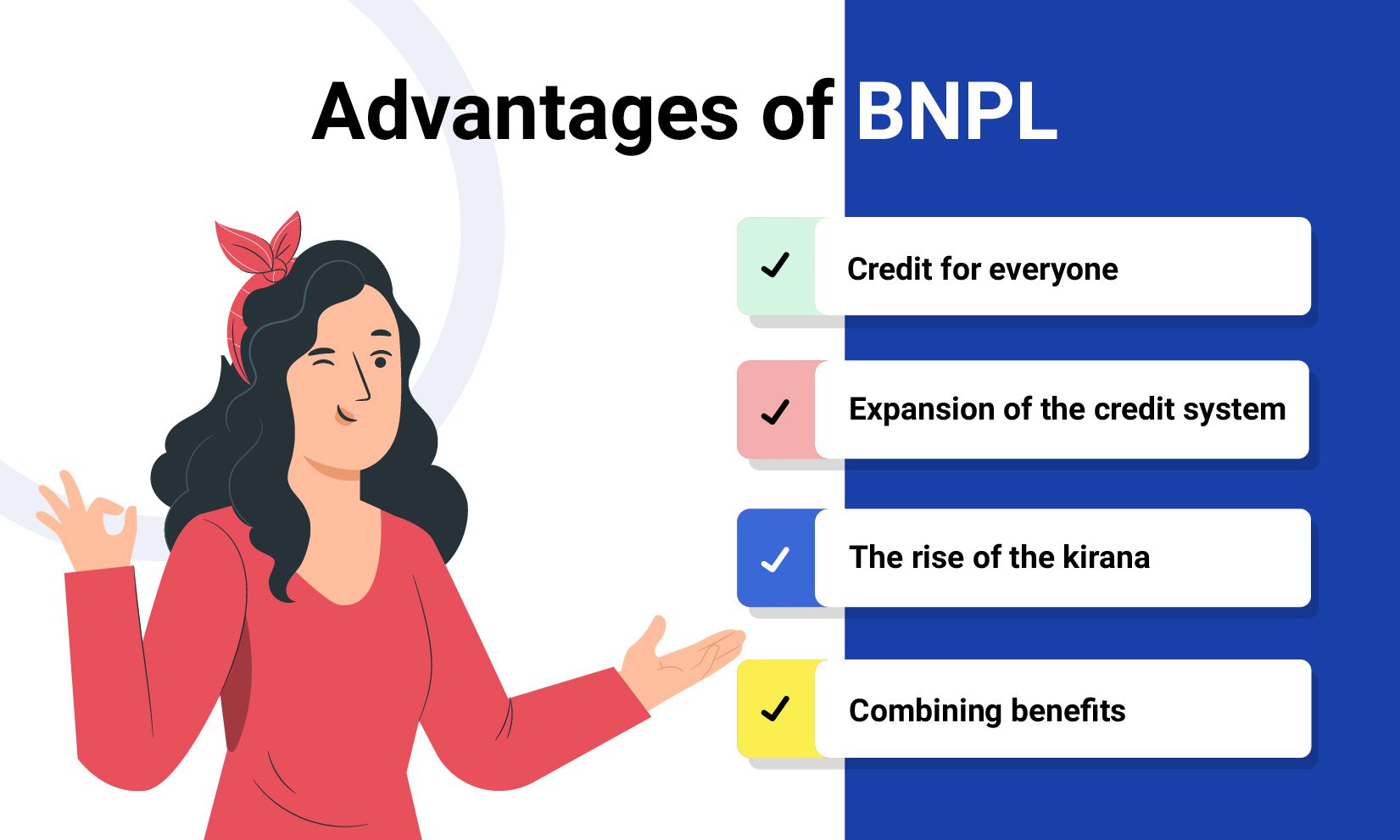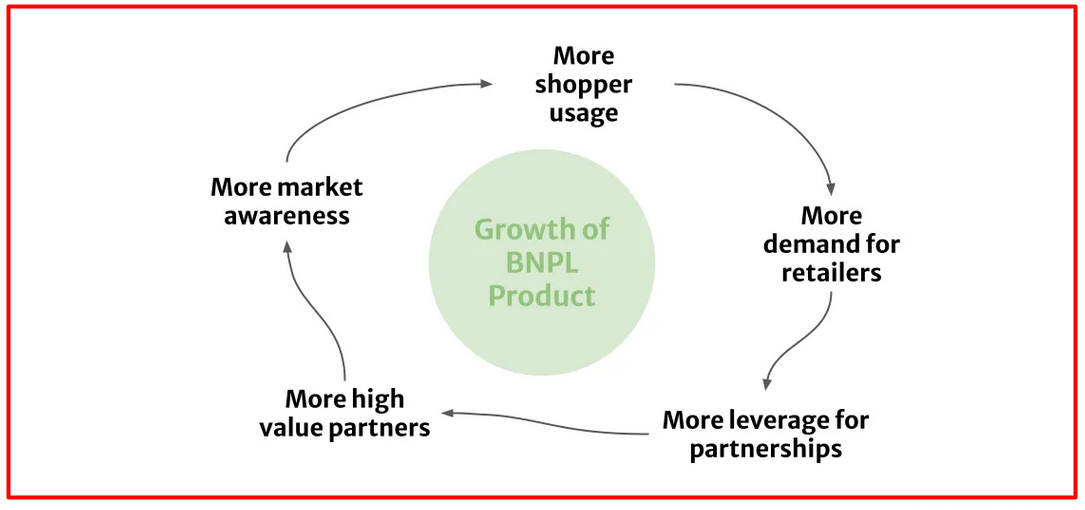BNPL: A Financial Revolution or a Risky Gamble?

The rise of Buy Now, Pay Later (BNPL) services has sparked both excitement and concern in the financial world. This innovative payment method allows consumers to make purchases upfront and pay for them in installments over time, often with no interest charges. While proponents argue that BNPL is a game-changer, offering convenience and flexibility to consumers, skeptics caution against the potential risks it may pose to individuals' financial well-being. In examining both sides of the debate, we can gain a better understanding of whether BNPL truly represents a financial revolution or a risky gamble.
The Case for BNPL as a Financial Revolution

Supporters of BNPL highlight several key benefits it brings to the table. First and foremost is its ability to enhance consumer purchasing power by allowing them to spread out payments rather than making one lump sum payment at the time of purchase. By breaking down costs into manageable installments, individuals can afford higher-priced items they may not have been able to purchase otherwise.
Moreover, BNPL offers convenience and flexibility. Traditional credit cards often come with complicated terms and high interest rates, which can be daunting for many consumers. In contrast, most BNPL platforms offer transparent pricing structures without hidden fees or exorbitant interest charges if payments are made on time.
Another advantage touted by proponents is the ease and speed associated with using BNPL services. With just a few clicks during online checkout processes or through dedicated mobile applications, users can quickly complete transactions without having to enter lengthy credit card details each time.
Furthermore, some argue that BNPL promotes responsible spending habits by preventing unnecessary debt accumulation. Unlike traditional credit cards where minimum monthly payments barely cover accrued interest charges while leaving principal balances untouched for extended periods of time; with BNPL plans structured around shorter repayment periods—typically six weeks or so—the likelihood of accruing long-term debt decreases significantly.
The Case Against BNPL as a Risky Gamble
Critics, however, raise concerns about the potential downsides of BNPL. One primary issue is the possibility of individuals overspending and falling into debt traps. The allure of instant gratification without immediate financial consequences may lead some consumers to make impulsive purchases they cannot afford in the long run. Without proper financial discipline, borrowers risk accumulating high-interest debts if they fail to make timely payments or manage their finances responsibly.
Additionally, there is concern regarding the impact on credit scores. While traditional lenders often report payment history to credit bureaus — which can help establish or improve one's creditworthiness — not all BNPL providers report such data consistently or at all. This lack of reporting may limit users' ability to build positive credit histories through responsible use.
Furthermore, critics argue that relying heavily on BNPL services may hinder individuals from developing essential budgeting and money management skills. By deferring payments and breaking down costs into smaller installments spread over time, users might lose sight of the actual amount spent and deviate from prudent spending habits required for long-term financial stability.
Striking a Balance: Regulation and Financial Literacy

While the debate over whether BNPL represents a revolutionary financial solution or a risky gamble continues, it is clear that striking a balance between innovation and consumer protection is crucial moving forward.
Regulation plays a vital role in ensuring fair practices within the industry by establishing guidelines for transparency in pricing structures, disclosure requirements, late-payment penalties, and reporting obligations to credit bureaus. Governments should collaborate with industry stakeholders to develop robust regulatory frameworks aimed at safeguarding consumers' interests while allowing for continued innovation.
Moreover, promoting financial literacy among consumers becomes imperative when navigating options like BNPL services. Educating individuals on responsible borrowing habits, budgeting techniques, and understanding interest charges and repayment terms will empower them to make informed decisions aligned with their long-term financial goals.
Ultimately, whether BNPL is a financial revolution or a risky gamble depends on how it is utilized by consumers and regulated by authorities. By harnessing its potential while addressing the associated risks, society can leverage BNPL as a tool for improved financial well-being without compromising individual stability.

